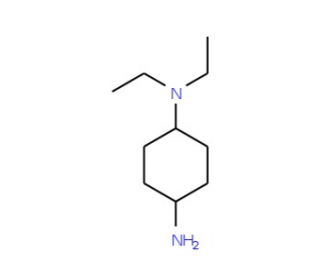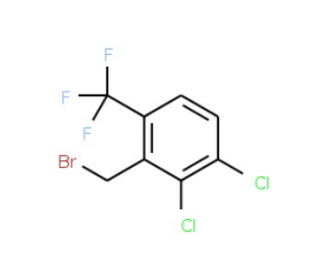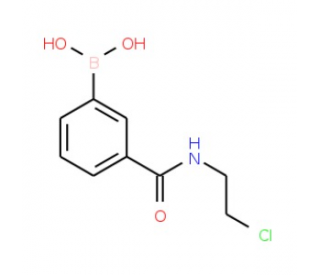详细说明
Species Reactivity
Human
Specificity
Detects human MICB in direct ELISAs and Western blots. Does not cross-react with recombinant human MICA.
Source
Monoclonal Mouse IgG 2B Clone # 236511
Purification
Protein A or G purified from hybridoma culture supernatant
Immunogen
Mouse myeloma cell line NS0-derived recombinant human MICB
Ala23-Gly298
Accession # CAI18747Formulation
Supplied in a saline solution containing BSA and Sodium Azide.
Label
Alexa Fluor 488
Applications
Recommended
ConcentrationSample
Flow Cytometry
5 µL/10 6 cells
See below
Please Note: Optimal dilutions should be determined by each laboratory for each application. are available in the Technical Information section on our website.
Data Examples
Flow Cytometry | Detection of MICB in K562 Human Cell Line by Flow Cytometry. K562 human chronic myelogenous leukemia cell line was stained with Mouse Anti-Human MICB Alexa Fluor® 488‑conjugated Monoclonal Antibody (Catalog # FAB1599G, filled histogram) or isotype control antibody (Catalog # , open histogram). View our protocol for . |
Preparation and Storage
Shipping
The product is shipped with polar packs. Upon receipt, store it immediately at the temperature recommended below.
Stability & Storage
Protect from light. Do not freeze.
12 months from date of receipt, 2 to 8 °C as supplied.
Background: MICB
MICB (MHC class I chain-related gene B) is a transmembrane glycoprotein that functions as a ligand for NKG2D. A closely related protein, MICA, shares 85% amino acid identity with MICB. These 2 proteins are distantly related to the MHC class I proteins. MICA and MICB (MICA/B) possess three extracellular immunoglobulin-like domains, but have no capacity to bind peptide or interact with beta 2-microglobulin. The genes encoding MICA/B are found within the major histocompatibility complex on human chromosome 6. The MICB locus is polymorphic with more than 15 recognized human alleles. MICA/B are minimally expressed on normal cells, but are frequently expressed on epithelial tumors and can be induced by bacterial and viral infections. MICA/B are ligands for NKG2D, an activating receptor expressed on NK cells, NKT cells, gamma δ T cells, and CD8+ alpha beta T cells. Recognition of MICA/B by NKG2D results in the activation of cytolytic activity and/or cytokine production by these effector cells. MICA/B recognition is involved in tumor surveillance, viral infections, and autoimmune diseases. The release of soluble forms of MICA/B from tumors down-regulates NKG2D surface expression on effector cells resulting in the impairment of anti-tumor immune response (1-7).
References:
Groh, V. et al. (2001) Nature Immunol. 2:255.
Stephens, H. (2001) Trends Immunol. 22:378.
Bauer, S. et al. (1999) Science 285:727.
Groh, V. et al. (2002) Nature 419:734.
Steinle, A. et al. (2001) Immunogenetics 53:279.
Pende, D. et al. (2002) Cancer Res. 62:6178.
Salih, H. et al. (2003) Blood 102:1389.
Long Name:
MHC Class I-related Protein B
Entrez Gene IDs:
4277 (Human)
Alternate Names:
MHC class I chain-related protein B; MHC class I mic-B antigen; MHC class I polypeptide-related sequence B; MICB; MIC-B; PERB11.2MHC class I-like molecule PERB11.2-IMX; stress inducible class I homolog










 粤公网安备44196802000105号
粤公网安备44196802000105号